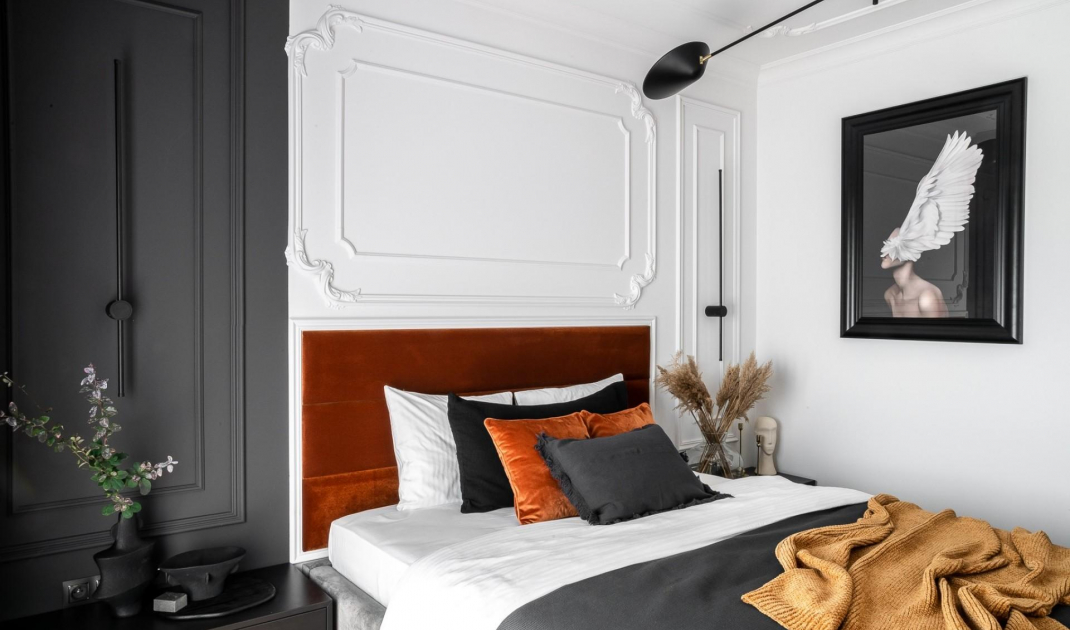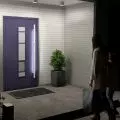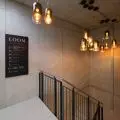Stucco - an inconspicuous yet extremely impressive form of interior decoration, has been an integral part of sophisticated decor for centuries. Its unparalleled beauty and versatile application make it not only a decoration, but also an invaluable detail that emphasizes the character of any room.
Stucco is used to decorate interiors and facades of buildings
Photo: rawpixel.com © Freepik
PdD Guide
What is stucco?
Stucco is a decorative architectural element made of various materials, such as gypsum, wood or metal, which is used to decorate interiors and facades of buildings. They can take form of various types of moldings, rosettes, cornices or bas-reliefs, which add character and elegance to rooms and facades. They are often used in interior and architectural projects to emphasize the style and details of a place.
Types of stucco
Wall stucco
These are decorative elements that are installed on walls to decorate the interior. They can be used alone or in combination to create unique patterns and compositions on the walls. Wall stucco can be used in various architectural styles, adding elegance and character to rooms.
Ceiling stucco
Stucco can also be installed on the ceiling to decorate and enhance its appearance. Ceiling stucco can be used in a variety of interior styles, from classic to modern, enriching the aesthetics of a room and giving it a unique expression.
You can decorate walls, ceilings or facades with stucco
Photo: rawpixel.com © Freepik
Wooden stucco
These are elements made of wood, which are used to decorate the interior and exterior parts of buildings. They can take the form of plinths, baseboards, rosettes, or cornices. Wood stucco adds coziness and warmth to the interior. In addition, stucco made of wood can be painted, varnished or left in its natural color, allowing it to match different styles and design preferences.
Styrofoam stucco
Styrofoam molded elements can take various shapes, such as moldings, rosettes, cornices, coffers or other decorative details. Styrofoam stucco is often used to decorate interiors and exteriors of buildings because of its light weight, ease of installation and relatively low cost compared to traditional materials such as gypsum or wood.
It is also easy to work with, allowing us to customize the shapes to suit our needs. After installation, it can be painted in the color of your choice, giving you a wide range of design possibilities. Styrofoam stucco is used to highlight architectural details, add character to rooms and create interesting patterns and ornaments both indoors and outdoors.
Stucco fits interiors of various styles
© iStock
What interiors does stucco go with?
Stucco goes well with rooms with a classical character, such as Renaissance, Baroque or Neoclassical style interiors. It adds elegance to them and emphasizes architectural details, such as ceilings, walls or windows. Also, interiors with original historical details, such as century-old houses or palaces, can be further enhanced with stucco to maintain consistency of style. Stucco can also be used in modern designs as a contrasting or artistic element, giving an unique character to the room. Minimalist interiors can use subtle stucco details that do not dominate the space.
Inspiring examples of the use of stucco can be found in the search engine of the Products for Home portal under the keyword "stucco".
Laying stucco requires precision
© iStock
How to lay stucco?
Laying stucco is a process that requires care and precision. Here are some steps to follow:
Preparation:
Prepare the tools: Make sure you have the right tools, such as a knife, tape measure, level, stucco glue, painter's tape, and possibly nails or screws for larger pieces.
Prepare the surface: Make sure the surface on which you will lay the stucco is clean, dry and smooth.
Measure and cut:
Measure: Carefully measure the area where you want to place the stucco to determine the length of the piece you need.
Cutting: If necessary, make precise cuts in the stucco. Do it at the right angle to match the dimensions of the surface.
Installation:
Gluing: Apply glue to the back of the stucco. Make sure you use the correct product for the stucco material and substrate.
Laying: Carefully apply the stucco to the surface, taking care to ensure a snug fit. If needed, use a level to make sure the stucco is installed evenly.
Pressing: Gently press the stucco to ensure that the glue adheres well to the substrate.
Removing excess glue: Immediately remove any excess glue that may appear on the sides of the stucco.
Drying: Before any painting or further decorative work, allow the adhesive to dry well according to the manufacturer's recommendations.
Finish processing: Once the glue has dried, you can carry out any finishing work, such as painting the stucco.
***
We encourage you to use the database of reputable and reliable wall cladding manufacturers we are building in the Products fro Home portal, as well as the articles we publish about wall cladding.






























